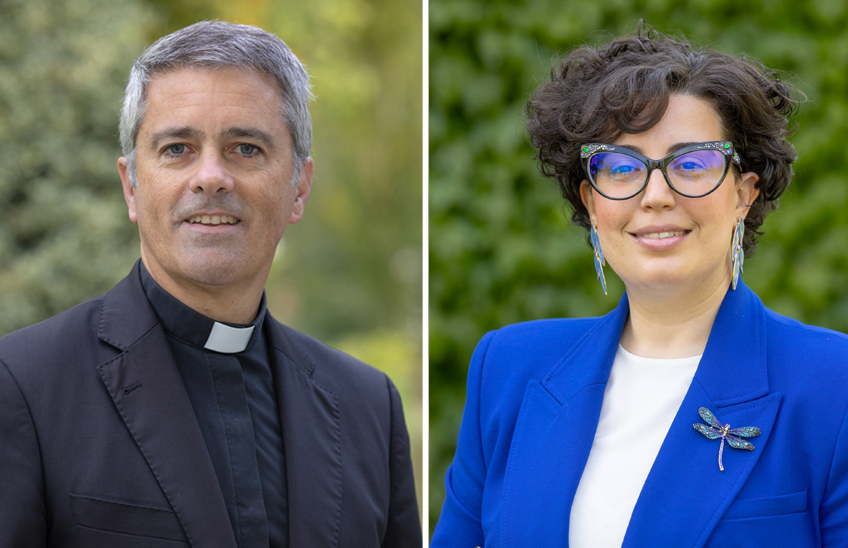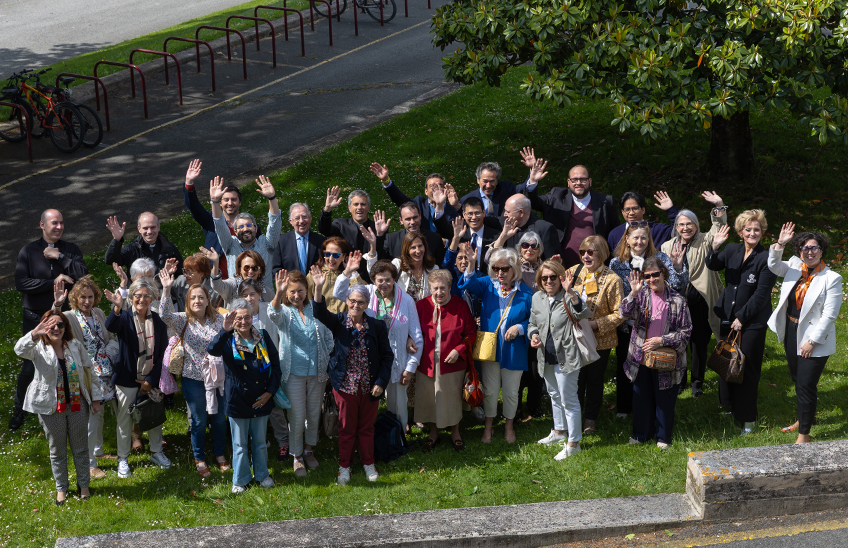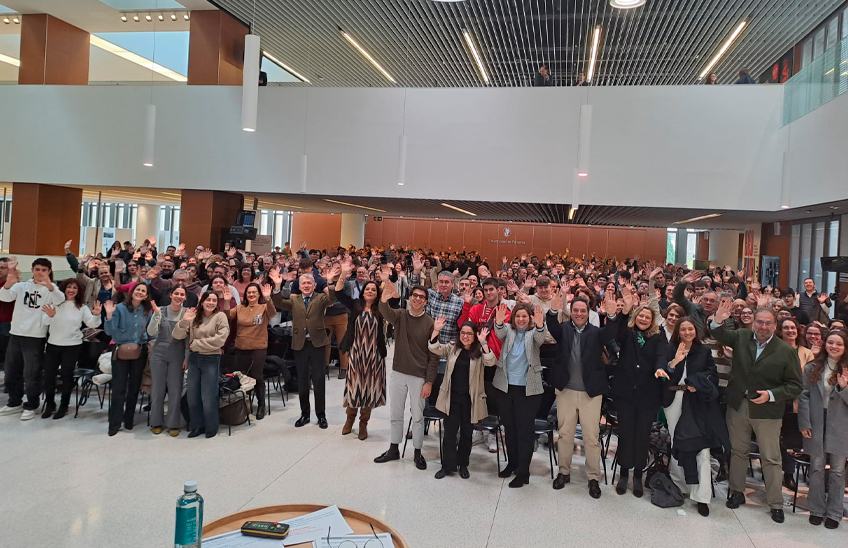Nicolás Álvarez de las Asturias: "The permanent training in the priesthood allows us to revive the charism received".
The Full Professor of History of Law and director of the Library Services of the University of San Dámaso gives in the School of Theology of the University of Navarra the lecture on the "consecration and mission statement around the nature and spirituality of the secular priest".

FotoMaríaAcebal/Nicolás Álvarez de las Asturias (ECL'92), is Full Professor of History of Law and director of the Library Services of the University of San Dámaso.
08 | 03 | 1921
"The permanent training of the clergy does not pursue a progress in theological knowledge, but allows to revive the charism received", this was expressed by Nicolás Álvarez de las Asturias (ECL'92), Full Professor of History of Law and director of the Library Services of the University of San Dámaso, in the lecture given on Monday, March 1 on the topic "Consecration and mission statement. On the nature and spirituality of the secular priest".
The best way to ensure that the permanent training helps to revive the charism is "deepening the vocation to be a priest, with a greater awareness of the vocation received and of the mission statement in the Church," added the Full Professor. A vocation in which the consecration and the mission statement of the priest are equally important: "If one of the two falls, with it also falls the theology of the priesthood," he explained.
He explained that in the history of the theology of the priesthood, three successive moments can be identified: the first is given by St. Thomas Aquinas who explains that the main mission statement of the priest in the Church is the celebration of the Eucharist. The Church and the priestly ministry are, therefore, intimately united. The second moment is found in the Second Vatican Council, and allows the priest to understand his vocation fully: "God allows you through the tasks he entrusts to you to do truly marvelous things in the service of the Church," explains Alvarez de las Asturias. Finally, St. John Paul II explains, in the third moment, the priesthood as a being with Christ's sacramental presence, being "like a transparency of his." "It does not consist in the priest's actions, but in the profound transformation that consecration exercises in the priest's life itself," he added.
In turn, Full Professor explained that, in order to have a more correct notion of the gift received, the above can be complemented with three auxiliary notions, which help to avoid practical errors: to be cooperators of the episcopal order with the bond of canonical and hierarchical obedience to the bishop; to live at the service of the common priesthood; and to exercise the ministerial priesthood serving the hierarchical and charismatic gifts that exist in the Church, and benefiting from them.
Regarding the priest's own spirituality, Prof. Alvarez de las Asturias explained that "the spiritual life of the priest is the main place where one makes the vocation of the priesthood his own and begins to truly live the grace received." One's own spiritual life can be seen as a place to revive the priesthood and become the priest that Christ and the Church need.



